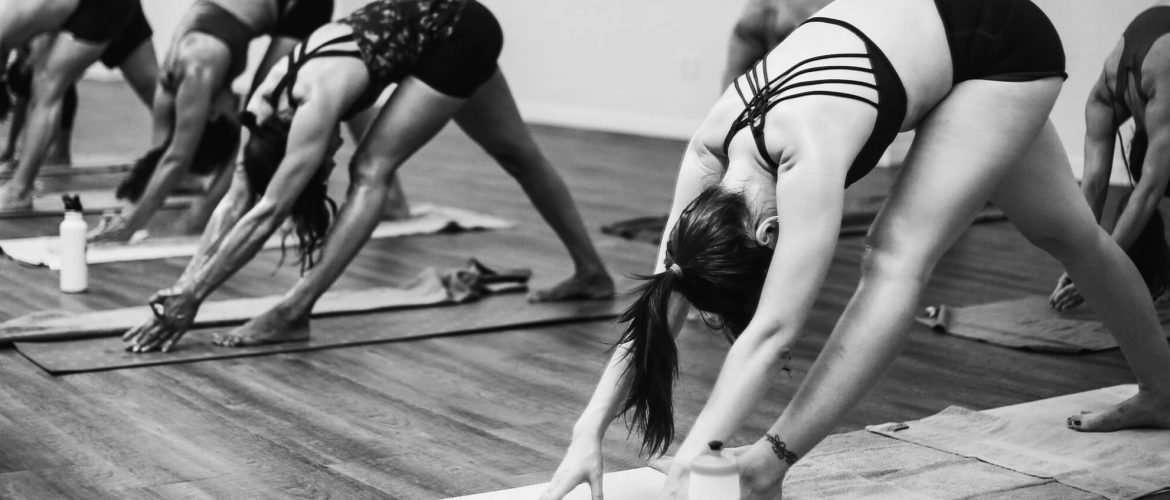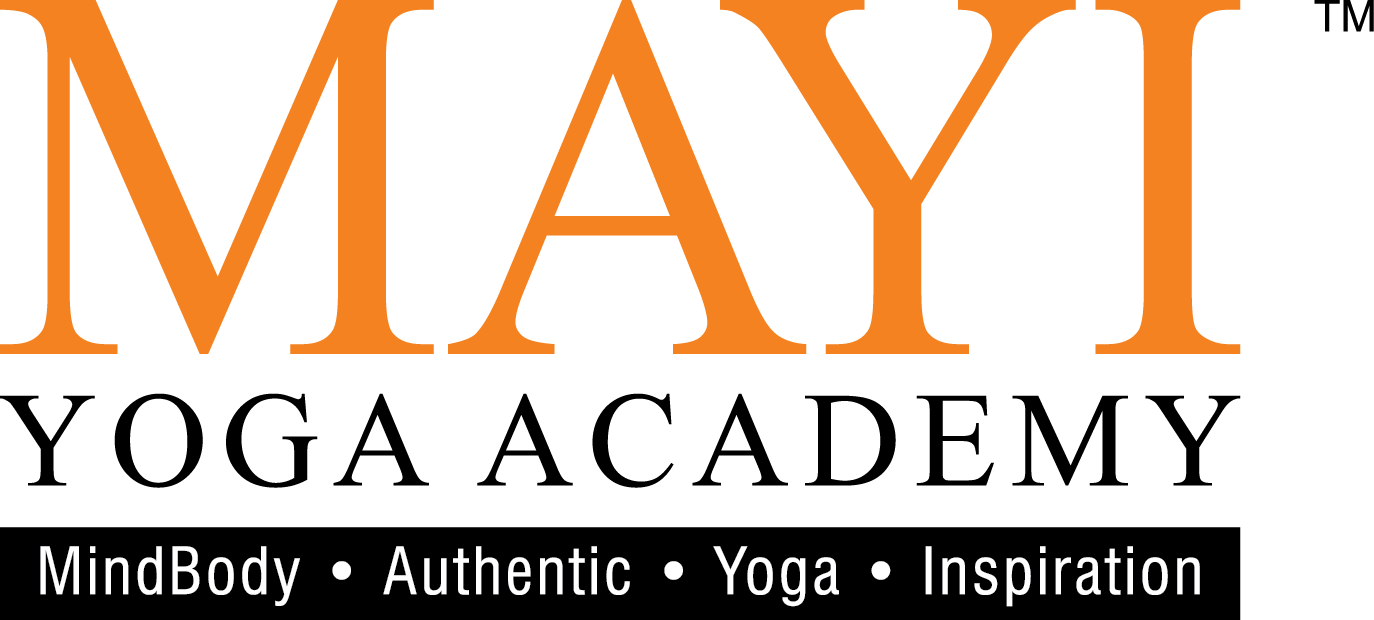Evolution of Yoga: Is it progressing towards spiritual enlightenment or retrogressing in lifestyle?
- April 23, 2019
- Posted by: admin
- Category: Featured Content,

By Dr Chandra Nanthakumar
As an ancient practice which emerged in India circa 3000 B.C., yoga has evolved graciously and is still evolving. Several prominent texts on yogic literature that exist today are Hatha Yoga Pradipika, Goraksha Samhita, Gherand Samhita and Hatharatnavali. All these were written between the 6th and 15th century A.D. (Muktibodhananda, 1998). In addition, minor references to hatha yoga can be found in the Upanishads, Puranas and Srimad Bhagavatam. Stone-carved figures depicting yoga postures still exist in the Indus Valley and South America, among other places, giving evidence of this very old science (Muktibodhananda, 1998). Having said so, yoga is not merely a science, but also a philosophy and a way of life, which has gained tremendous attention worldwide.
The word yoga is derived from the Sanskrit root, yuj, which simply means union of one’s will with the will of God (Iyengar, 2011).
At a profound level, it is actually the union of Prana (i.e. vital force) and mind with the Self. In order to comprehend this, let’s take a look at the major Nadis (energy channels) in the body. The three major ones are Ida (Shakti; negative force — the flow of consciousness; representing the moon, or Yin, in Chinese), Pingala (Shiva; positive force — the flow of vital energy; representing the sun, or Yang, in Chinese) and Sushumna (neutral force — the flow of spiritual energy). Hence, when Sushumna unites with Ida and Pingala in the Ajna Chakra, it is called Hatha Yoga (Muktibodhananda, 1998). As this union takes place, there is an awakening in the Mooladhara Chakra (the lowest Pranic centre in the human body).
The awakening causes the Kundalini (man’s spiritual energy) to ascend to higher realms of consciousness and establish itself in the Crown Chakra (Sahasrara), and when this transpires, it is called Yoga. Hence, in ancient times, for the evolution of mankind, Hatha Yoga was practiced earnestly as a preparatory step for higher states of consciousness.

In Swami Swatmarama’s system of Hatha Yoga, he explicated not only on the Asanas and Pranayama, but also the Shatkarmas (Jala Neti, or nasal cleansing; Dhauti, or upper digestive track cleansing; Nauli, or abdominal massage; Basti, or intestinal cleansing; Trataka, or object gazing; and Kapalbhati, or frontal brain purification.
On the other hand, Sage Patanjali, a contemporary of Buddha, collated and systematised his classical work called the Yoga Sutra (Sri Swami Satchiananda, 2012). In aphorism I.2, the sage describes yoga as:
Yogas Chitta Virtti Nirodhah
It simply denotes that Hatha Yoga is a technique by which the restless dissipated mind is calmed, and the energy is subsequently directed to higher levels for evolution. Unlike Swatmarama’s yogic system, Patanjali’s eight rungs of Hatha Yoga consist of Yama (universal conduct), Niyama (individual conduct), Asana (posture), Pranayama (expansion of the life force), Prathyahara (withdrawal of senses), Dharana (concentration), Dhyana (meditation) and Samadhi (liberation).
Since Hatha Yoga is also known as a science of purification, it has been a normal practice for yoga practitioners to cleanse their body internally via Shatkarmas to eliminate various impurities, namely mucus, gas and acid. When these impurities are removed, their formation is regulated and balanced. Also blockages are released, thus easing the flow of energy through the nadis, which is of utmost importance for the purpose of meditation. It is through this age-old practice that many yogis have not only attained enlightenment, but also found remedies for many lifestyle diseases.
Authentic Yoga VS Evolved Yoga
Fast forward, while many practitioners hold fast to the structured and traditional practices of Hatha Yoga for the purposes of evolution and enlightenment, others have chosen to go off at a tangent either due to ignorance or lifestyle preference. Today, in every nook and corner of the city, there is at least one yoga studio or yoga centre offering an array of modern-day yoga classes.

These instructional classes, in the name of yoga, vary from asana styles like suspending the body in a fabric sling from the ceiling, flying or swinging from one point to another to performing the moves in a hot room, and the list goes on. It is not uncommon to find instructors, especially at yoga studios in the gymnasiums, making students either repeat the Sun Salutation (Surya Namaskar) umpteen times and/or work tirelessly towards perfecting the asanas. What is more when the studio is intentionally heated up in preparation for yoga. The students leave the studio dripping in perspiration, feeling elated even though a few may have succumbed to injury during the rigorous practice.
While perspiration is a natural way for the body to maintain homeostasis, excessive sweating, when exposed to too much heat, can bring about adverse effects.
It depletes the body of fluids and salts leaving almost nothing to sustain the evaporation process. This can lead to a condition called Hyponatraemia (when the blood concentration of sodium ions is below 135 mmol/ L). This impinges on the chemical process in the body causing the cells to deteriorate (Lara, et al., 2015; What happens to the body…, 2013). In severe cases, it has led to multiple organ failure. Having said so, a typical remark one would hear loud and clear from these students is: “I had a good workout!”

Regrettably, these naïve students are oblivious of the undesirable effects of excessive loss of electrolytes via profuse perspiration during a workout. Secondly, this is certainly not Hatha Yoga and neither is it the aim of Hatha Yoga. It is mortifying to know that the unknowing student/practitioner is led into thinking that yoga is nothing but a workout. In the mind of a naïve student, who lacks knowledge of this ancient science and its philosophy, the commercial forms of modern-day yoga (the practices that do not conform to Patanjali’s system of Hatha Yoga) are probably the offshoots of yoga due to its evolution. Hence, as far as a novice is concerned, these various movements like swinging, flying or molding the limbs into a pose in a heated room are evolutionary.
However, from the scriptural point of view, this is deceptive. One who has studied the scriptures can vouch that yoga is not all about asanas. It is not about twisting and stretching the limbs into a pretzel. It is not about standing upside down to boast a headstand, and surely it is not about being a sweaty workout. In fact, in Patanjali’s Yoga Sutra, only three out of the 196 aphorisms address asanas (Sri Swami Satchidananda, 2012). This only goes to elucidate further that Hatha Yoga is way beyond an asana practice.
In addition, it is clearly stated that asanas must be performed in a comfortable and pleasurable manner creating a balance of effort and relaxation in a mindful manner, as stated in aphorism II. 46-47:
Sthira Sukham Asanam
Prayatna Shaithilya-Ananta Samapattihhyam
While the common man on the street may opine that the existence of a variety of Hatha Yoga classes makes it accessible to people of various cultures, creed or belief systems, nevertheless, it is imperative that the true essence of Hatha Yoga is not distorted, but preserved for the sake of evolution of mankind. For clarification purposes, the term “evolution” here refers to advancement, or progress, in the spiritual path, as stated in Patanjali’s aphorism I.2.
Hatha Yoga is way beyond an asana practice
To conclude, if one is to truly benefit from this ancient practice, in addition to Asanas and Pranayama, the other rungs i.e. Prathyahara, Dharana and Dhyana must be incorporated as part of regular practice. Cessation of thoughts, followed by healing, will only take place when the body is relaxed and the mind is calm and centred. So the practices of Prathyahara, Dharana and Dhyana are of paramount importance as they lull the practitioner into deep states of relaxation as the parasympathetic nervous system kicks in, normalising the blood pressure and heart beat, and subsequently freeing the mind of unnecessary chatter.
Studies have proven the efficacy of Hatha Yoga as a complementary and/or alternative therapy in the treatment of numerous diseases such as diabetes, high blood pressure, high cholesterol levels, and in alleviating chronic pains (Ross & Thomas, 2010; Sengupta, 2012; Woodyard, 2011). It is imperative that the novice practitioner is not confused between authentic Hatha Yoga and the “evolved forms” that, in their mind, bring about a “good workout”. Hatha Yoga is not a workout session. Calling a class that teaches non-yogic body movements Hatha Yoga does not augur well for a neophyte.

Reference:
- B. Lara, J. J. Salinero, F. Areces, D. Ruiz-Vicente, C. Gallo-Salazar, J. Abián-Vicén, J. Del Coso. (2015). Sweat sodium loss influences serum sodium concentration in a marathon. Scandinavian Journal of Medicine & Science in Sports, DOI: 10.1111/sms.12637
- Iyengar, B.K.S. (2011). Light on Yoga. Schocken Books Inc.
- Ross, A. & Thomas, S. (2010). The health benefits of yoga and exercise: A review of comparison studies. J Altern Complement Med. 16(1): 3-12.
- Sri Swami Satchiananda. (2012). The Yoga Sutras of Patanjali. Integral Yoga Publication.
- Swami Muktibodhananda. (1998). Hatha Yoga Pradipika. Bihar School of Yoga.
- Sengupta, P. (2012). Health impacts of yoga and pranayama: A state-of-the-art review. Int J Prev Med, 3 (7): 444-458.
- What happens to the body in extreme heat? (18 July 2013). Retrieved from https://www.bbc.com/news/health-23358290
- Woodyard, J. (2011). Exploring the therapeutic effects of yoga and its ability to increase quality of life. Int J Yoga, 4(2): 49-54.
